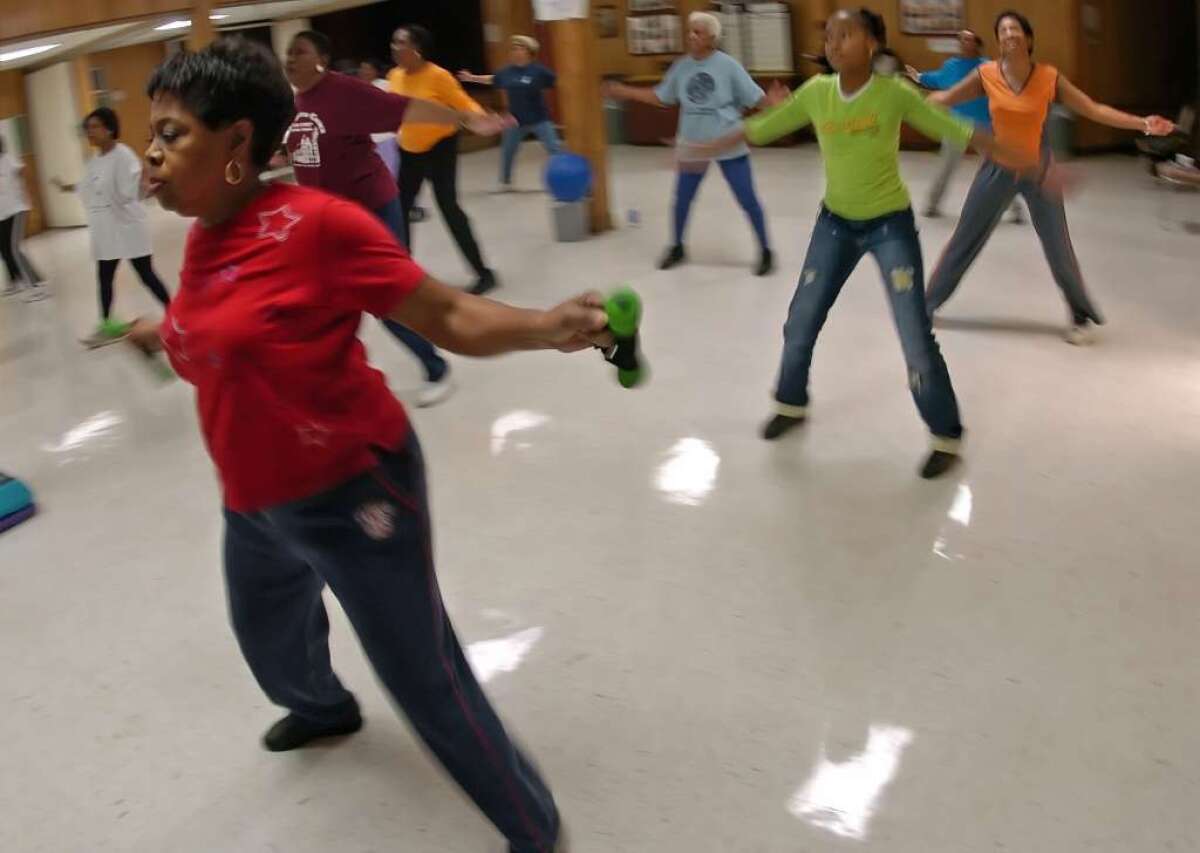Exercise pumps up effectiveness of breast cancer therapy, study finds

- Share via
Aerobic exercise is no friend to breast tumors, says a new study which suggests that regular physical activity may be a “novel adjuvant treatment” for women with breast cancer.
New research conducted on mice finds that a body that gets regular physical activity is a more hostile environment for cancer’s growth in breast tissue than is a sedentary body. And once breast cancer has gained a foothold, regular aerobic exercise makes a tumor more vulnerable to the effects of chemotherapy.
The latest study, published Monday in the Journal of the National Cancer Institute, echoes earlier work by the same authors on the effects of exercise on prostate tumor growth and treatment.
In lab mice that were injected with breast cancer cells, researchers compared the tumors of those given a running wheel with the tumors of mice who had no access to an exercise wheel and were largely sedentary. The mice who had running wheels exercised regularly, and their tumors grew more slowly, experienced more cell-death, and developed a more robust network of blood vessels than did the tumors of the sedentary mice.
As cancerous tumors expand, their growth often outpaces that of the blood vessels that serve them. Tumors with an oxygen-starved core not only tend to be more aggressive; their dark heart is generally out of reach of circulating blood, and therefore impervious to systemic chemotherapy. As a result, tumors with large hypoxic areas are particularly resistant to treatment.
But mice who ran on their wheels every day developed tumors that were more fully served by blood vessels, and by more mature blood vessels, than did sedentary mice.
Researchers surmised that these tumors would more likely respond to chemotherapy, and they did: A group of mice that got both a running wheel and three maximum doses of the chemotherapy drug cyclophosphamide had a much lengthier delay in tumor growth than did sedentary mice who got no chemotherapy. And intriguingly, mice who exercised but got no chemotherapy had rates of tumor growth roughly the same as mice that got chemotherapy but had no opportunity to exercise.
Human clinical trials testing the effects of exercise on breast cancer treatment have shown more ambiguous results, possibly because they sought to tease out whether resistance training or aerobic exercise was more effective.
Only when the results of both exercise groups were merged did researchers discern a possible benefit for exercise as an adjunct for chemotherapy in humans. But larger and longer trials are needed to demonstrate the effectiveness of exercise in helping to treat breast cancer.
Follow me on Twitter @LATMelissaHealy and “like” Los Angeles Times Science & Health on Facebook.




